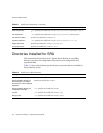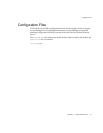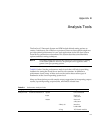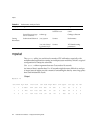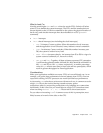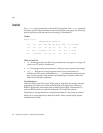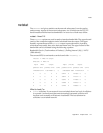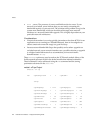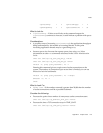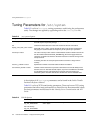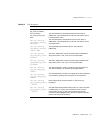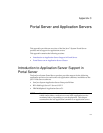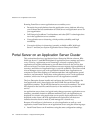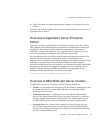netstat
148 Portal Server 6 2005Q1 • Deployment Planning Guide
• errs - errors. The presence of errors could indicate device errors. If your
network is switched, errors indicate that you are nearly consuming the
bandwidth capacity of your network. The solution to this problem is to give the
system more bandwidth, which can be achieved through more network
interfaces or a network bandwidth upgrade. This is highly dependent on your
particular network architecture.
Considerations
• If network saturation is occuring quickly (saturation at less than 8CPUs for an
application server running on a 100mbit Ethernet), then an investigation to
ensure conservative network usage is a good first step.
• Increase network bandwidth. Steps that possibly can be taken: upgrade to a
switched network, more network interfaces are a possible solution or upgrade
to a higher bandwidth network to accommodate your network traffic
demand.netstat
-sP tcp
These netstat options are used to analyze the TCP kernel module. Many of the
fields reported represent fields in the kernel module that indicate bottlenecks.
These bottlenecks can be addressed using the
ndd
command and the tuning
parameters referenced in the
/etc/inet
netstat -sP tcp Output
#netstat -sP tcp
TCP tcpRtoAlgorithm = 4 tcpRtoMin = 400
<snip>
tcpInDupSegs = 1144 tcpInDupBytes =132520
tcpInPartDupSegs = 1 tcpInPartDupBytes = 416
tcpInPastWinSegs = 0 tcpInPastWinBytes = 0
tcpInWinProbe = 46 tcpInWinUpdate = 48
tcpInClosed = 251 tcpRttNoUpdate = 344
tcpRttUpdate =1105386 tcpTimRetrans = 989
tcpTimRetransDrop = 5 tcpTimKeepalive = 818
tcpTimKeepaliveProbe= 183 tcpTimKeepaliveDrop = 0



